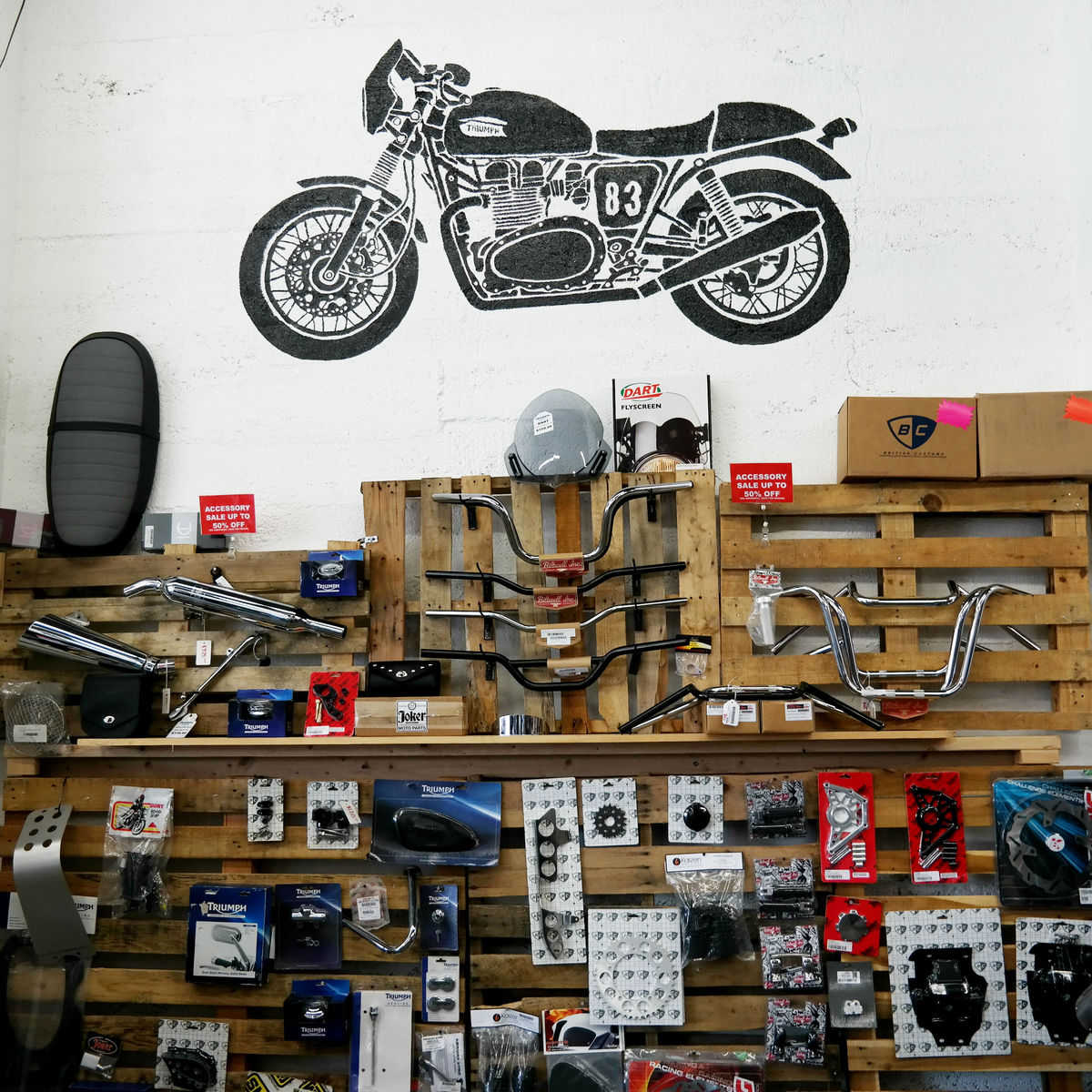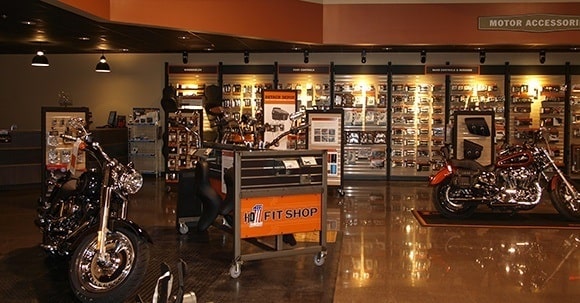Discover High Quality Moto Parts NZ for All Your Motorcycle Needs
Discover High Quality Moto Parts NZ for All Your Motorcycle Needs
Blog Article
Understanding Bike Gears: How to Maximize Your Riding Experience
In the realm of motorcycling, grasping the art of equipment control is important for improving your riding performance. Appropriately utilizing and understanding motorbike gears can substantially influence control, velocity, and fuel efficiency, transforming a typical trip into a smooth, electrifying trip. By including exact shift timing and adjusting gear selection to various road conditions, motorcyclists can guarantee ideal engine performance and safety. The subtleties of clutch control, throttle coordination, and equipment technicians beckon a deeper expedition, promising to open the complete potential of your machine. Just how can these methods be utilized to really enhance your riding experience?
Comprehending Equipment Mechanics
At the core of motorbike characteristics, equipment auto mechanics play a pivotal role in transforming engine power right into activity, inevitably determining speed and control. The equipment ratios, very carefully developed, determine the relationship between engine transformations and wheel turns, affecting acceleration and gas performance.
Understanding equipment auto mechanics begins with recognizing the significance of the transmission, which houses numerous equipments of differing sizes. These equipments engage via a process recognized as meshing, where teeth of various gears involve to transfer power. The precision of this interaction is critical; any imbalance or damage can cause inefficient power transfer, preventing performance. Additionally, the arrangement and dimension of gears influence the motorcycle's capability to handle different lots and rates.
Moreover, the concept of gear shifting is integral to making best use of efficiency. Smooth and prompt shifts guarantee that the engine runs within its ideal power band, protecting against unneeded stress and improving long life (motocross gear nz). By understanding these mechanical complexities, riders can attain a harmonious mix of control, performance, and power, raising their riding experience
Timing Your Shifts
Shift timing mastery is crucial for maximizing motorcycle efficiency and enhancing the riding experience. Effectively timed shifts ensure that the engine operates within its optimum power band, which is important for keeping control, accomplishing smooth velocity, and making certain the durability of the bike. Cyclists have to create an intuitive feeling of when to change gears, which entails comprehending the partnership between engine revolutions per min (RPM) and rate.
To grasp change timing, pay very close attention to the engine's noise and really feel, as these offer crucial hints concerning when to alter gears. When the engine comes close to the upper range of its power band without getting to the redline, the ideal shift factor generally occurs - motorcycle shop. Shifting too early can lead to an absence of power, while moving far too late may trigger unneeded engine stress
Furthermore, roadway problems and riding design influence shift timing. In comparison, throughout highway riding, less shifts at greater rates can be more appropriate.
Enhancing Gas Efficiency
While mastering bike gears is crucial for efficiency, improving gas performance is similarly crucial for both economic and environmental reasons. Optimum fuel intake not just decreases operational costs however likewise lessens the environmental footprint of riding. To accomplish this, one should understand the detailed partnership between equipment choice and engine performance.
First of all, choosing the appropriate equipment at proper speeds can substantially influence gas consumption. Riding in a greater equipment at reduced speeds can bring about engine carrying, which is damaging to both fuel economic climate and engine health and wellness. On the other hand, riding in reduced gears at high speeds results in unneeded gas intake. Therefore, preserving an ideal equilibrium by moving equipments abreast with road conditions and Bonuses prepared for maneuvers is essential.
Furthermore, normal upkeep plays a pivotal function in fuel efficiency. Making certain that the motorcycle is well-tuned, with clean air filters and properly pumped up tires, can decrease and improve the rules of aerodynamics fuel waste. In addition, adopting a riding style that accepts gradual velocity and smooth slowdown can add to better fuel economy.

Techniques for Smooth Transitions
Achieving smooth gear shifts is essential to boosting the riding experience and ensuring the long life of a motorcycle's transmission system. Proper gear changing not just contributes to a smooth trip yet additionally minimizes damage on the mechanical components. To grasp the art of smooth changes, motorcyclists have to concentrate on a few vital strategies.

Secondly, clutch control plays a crucial role. Involving and disengaging the clutch efficiently requires technique. The clutch bar should be launched slowly, permitting for a smooth transfer of power from the engine to the wheels without causing a jolt or abrupt motion.

Adjusting to Roadway Conditions
Navigating diverse roadway conditions is an important ability for any motorcyclist intending to maintain control and safety and security. Whether you're riding on wet surface areas, gravel roads, or browsing doglegs, your capacity to adapt your equipment use and riding technique is paramount. Recognizing how to change your gears appropriately can significantly influence grip and security, making certain a much safer trip.
On damp roadways, it is advisable to preserve greater gears to reduce torque and reduce wheel spin. This method assists maintain grasp on slippery surfaces, enabling smoother velocity and slowdown. In contrast, when riding on gravel or uneven terrain, lower equipments are more effective. Reduced equipments provide better control and enable you to react even more quickly to unexpected modifications in the road surface area.
Sharp curves require precise gear administration to balance rate and control. Downshifting before entering a curve can assist preserve energy while guaranteeing the motorcycle stays steady throughout the turn. Consistent technique in varied problems enhances your capacity to react and anticipate to modifications in road appearance and slope.
Verdict
Understanding motorbike gears considerably boosts the riding experience by boosting gas, acceleration, and control performance. A thorough understanding of gear auto mechanics and precise shift timing makes certain the dot full face helmet engine runs within its optimum power band, while smooth transitions with reliable clutch and throttle coordination rise comfort and vintage motorcycle helmets for sale efficiency. Adjusting equipment choice to numerous roadway problems, such as making use of greater equipments on damp surfaces and lower gears on gravel, additional improves handling and safety. Inevitably, these abilities boost the overall journey.
Comprehending equipment auto mechanics starts with identifying the relevance of the gearbox, which houses several gears of varying sizes. These equipments communicate through a procedure recognized as meshing, where teeth of different gears involve to transfer power (mx gear nz). Mild changes to the throttle throughout gear shifts can avoid jerky movements and maintain a constant riding rate
Whether you're riding on damp surfaces, gravel roadways, or browsing sharp turns, your capacity to adjust your equipment usage and riding strategy is extremely important. Adapting gear selection to various road conditions, such as making use of greater equipments on wet surfaces and reduced gears on crushed rock, additional boosts handling and safety.
Report this page